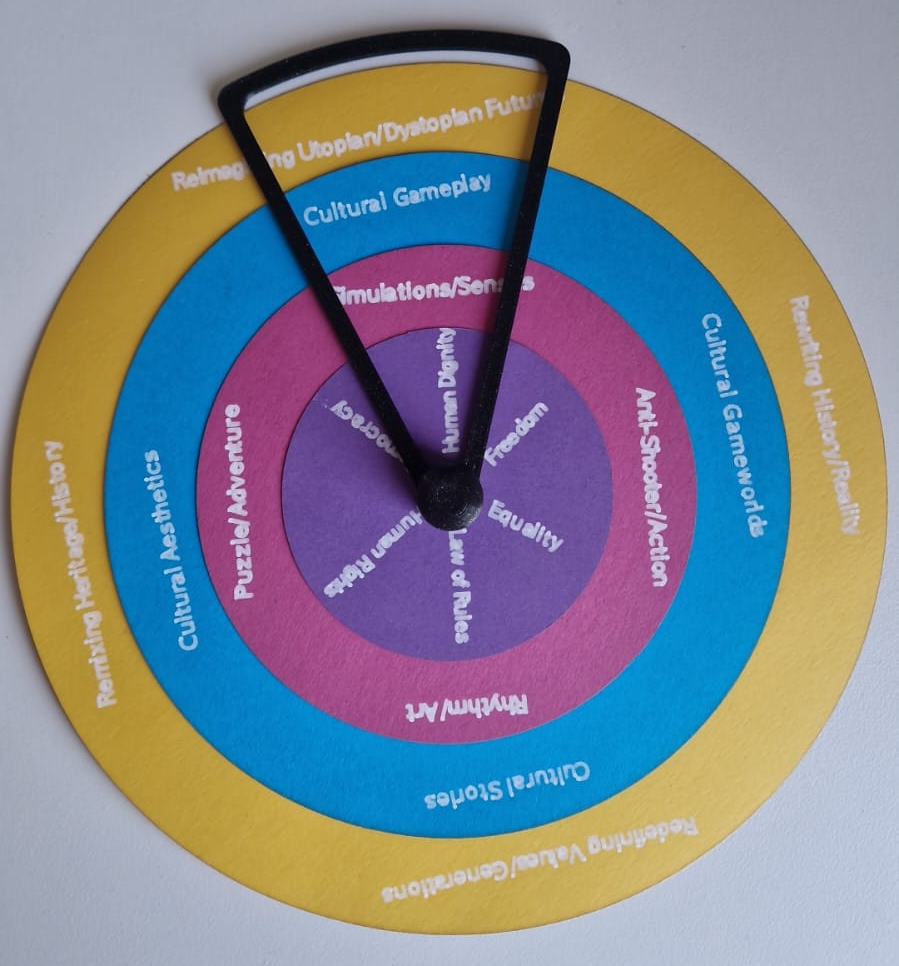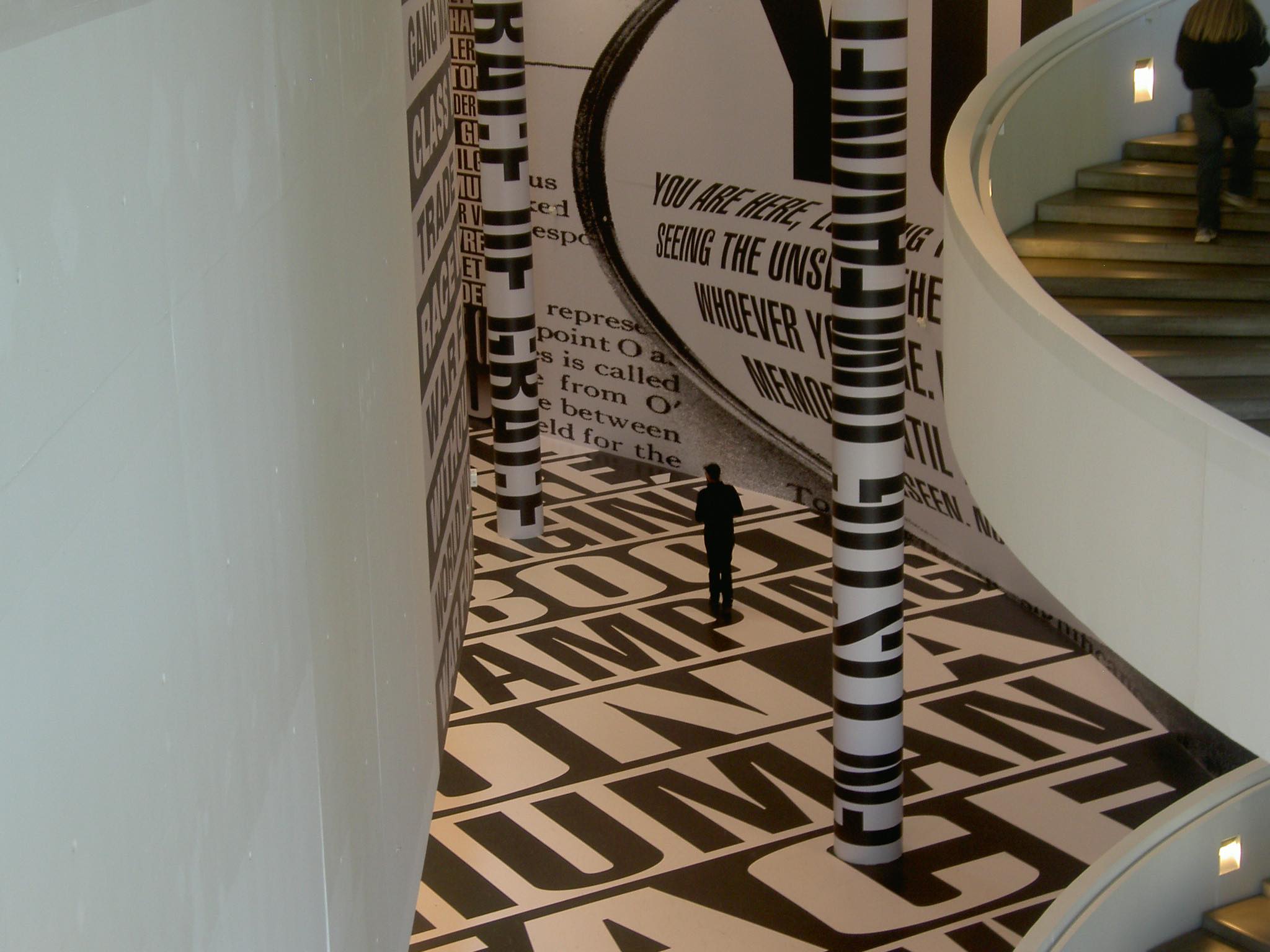Game Log 1 – Experience
Group 8
Team members:
Alessandro Trotta
Louis Godtfred Kastrup Lindgaard
Simone Micalizzi
For this initial phase we are brainstorming on three main ideas:
1. Modern Media Consumption
A game where the user sees appearing images/media/sounds all around him, needs to close/interact with them to proceed in the game, as the time goes by the rate of media appearing is too fast/harder for the user to make the right choice.
Ideation Wheel:

European values:
- Human Dignity: How does post-modern media consumption relates to European values? Does it even challenge some of our rights and who should be taken responsible if so?
- Simulation/Senses: The game might aim to simulate such a normal/daily activity but progressively bringing the player to lack of control, help him be self-aware/reflect on it.
- Cultural Aesthetics: How much is modern media intertwined with art forms? And whats the impact of the current way of accessing/consuming it part of our cultural aesthetic and cultural identity?
- Reimagining Dystopian Futures: Providing the user to increasing numbers of media images/sounds we want to reason on how sustainable is it, reimagining a dystopian future where people are forced to consume as much as possible with no space for pondering / question.

The cultural heritage is stressed by the fast production of new media, news etc… How can we force the user to think about the past? Why is it important to think about the past?
Heritage of good and bad things: what if the user needs to pick the correct one? What makes it the most appropriate one?
Values can be integrated such as a natural conclusion the player comes to after experiencing the game/dystopian future.
Games type, requirements and limitations: The game require a VR/AR device. The gameplay will be greatly affected by the interface (headset) and this must be considered when thinking about the gameplay, as it may be not suitable for AR, while some other gameplays and mechanics might be really impactful, even if they are simple.
Experience Methods:
- Culture Safari: Cultural heritage is vast, images popping up can be about historic sites, history moments/pictures etc…, the player can interact with the media popping out, part of the game mechanics can involve picking the right moral choice, etc.
- Culture Change: Cultural belonging between young people and cultural heritage is made difficult by fast media.
2. Censored Truths
The player takes the role of a government worker in a dystopian dictatorship.
Seated at a desk, they receive a continuous flow of press articles sent by the regime. The task is to decide whether to publish the articles for the public instantly or "decensor" them by revealing the hidden truths, removing propaganda elements, correcting wrong statements or highlightning omitted facts.
The more decensored content the player manages to release, the more the population becomes aware of the real situation, but the government will not be happy about it.
Ideation Wheel:
Values:
- Freedom: This game examines the role of freedom of expression, speech and press in society. It highlights the behaviors and dangers of censorship and the importance of enabling citizens to access truthful information. Players are confronted with ethical decisions, while they have to choose to hide the truth or make the population aware.
- Rule of Law: The gameplay questions the legitimacy of laws under dictatorships. The player, while technically violating state policies, is upholding higher democratic principles, leading to questions: is justice, legality, and moral duty more important than following the law? How can we state if a law is good or wrong?
- Reimagining Dystopian Futures: The dystopian setting in an imaginary future where information is entirely controlled by the government. By resisting this control through gameplay, players explore the cost of silence and the power of dissent, at its own costs.
- Simulation/Senses: The game simulates bureaucratic processes while creating an immersive experience. The player will interact with realistic documents (made-up articles) and sensitive decisions, it reproduces the sensory and psychological pressure of working within an oppressive system.
Game type: The game is designed for AR/VR. There will be hand-based interactions like grabbing, stamping and redacting the papers with virtual tools. A great feature would be having real life papers with some markers to generate the articles on the headset.
Methods:
-
Culture Change: We used reflective “How Might We” questions such as “How might we challenge censorship through cultural heritage?” and “How might we explore truth in a regime that erases it?” to explore different scenarios and moral dilemmas. The text contained in the different made-up articles could highlight cultural heritage.
-
Culturestorming: We brainstormed ideas focusing on how history has seen media manipulation in various regimes, and how newspapers, posters, and public speeches have been tools for or against truth. These materials will shape the visual and narrative aspects of the game.
3. Guardians of Memory
An AR tower defense game where the player defends a memory archive —cultural heritage sites— from waves of enemies that represent cultural threats like forgetting the past, anti-democracy ideals, racism, disbelief of science. Instead of classic towers, players place monuments, books, museums, or schools—each one protecting a piece of culture.
The game could happen in real space through AR: players could either walk around or stare at a desk, place towers, and protect areas by physically moving and interacting with virtual elements. The goal is to keep cultural memory alive and accessible for future generations.
Ideation Wheel:
Values:
- Respect for Human Rights: This game explores cultural memory as a shared right. Everyone has the right to access, protect, and pass on their cultural heritage.
- Equality: The game emphasizes that cultural preservation must be inclusive: every culture or minority deserves to be remembered and protected, especially in the face of systemic erasure.
- Cultural Gameworlds: The game turns the environment into a living cultural battlefield. Public spaces/desks are reimagined as zones of memory.
- Rewriting History/Reality: The enemies in the game want to distort or erase the past. The gameplay becomes a metaphor for fighting historical manipulation.
Game type: The game is designed for AR/VR. There will be hand-based interactions like grabbing. Players could move real-world elements to mark them as virtual towers and making them interact with nemies and cultural memory zones.
Methods:
-
Culture Safari: we thought about places and objects that keep memory alive (statues, libraries, etc.).
Culturestorming: we could list threats to culture and turn them into enemy types for the game.
Roles
| Ideas of roles | Gamemaster | Storyteller | Artist | Designer | Crafter |
| Alessandro | Everyone | Louis | Louis | Alessandro, Simone | Alessandro, Simone |
| Louis | Everyone | Louis | Louis | Alessandro, Simone | Alessandro, Simone |
| Simone | Everyone | Louis | Louis | Alessandro, Simone | Alessandro, Simone |
EPIC-WE AR Game - Group 08
Game for the class "Advanced Augmented Reality Project", participating in the "EPIC-WE" Game Jam
More posts
- Game Log 3 - Imagine3 days ago
- Game Log 2 – Play27 days ago
Leave a comment
Log in with itch.io to leave a comment.